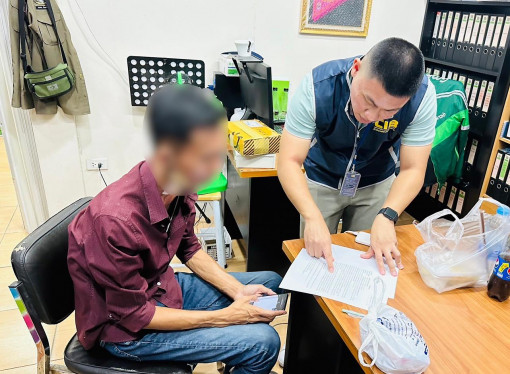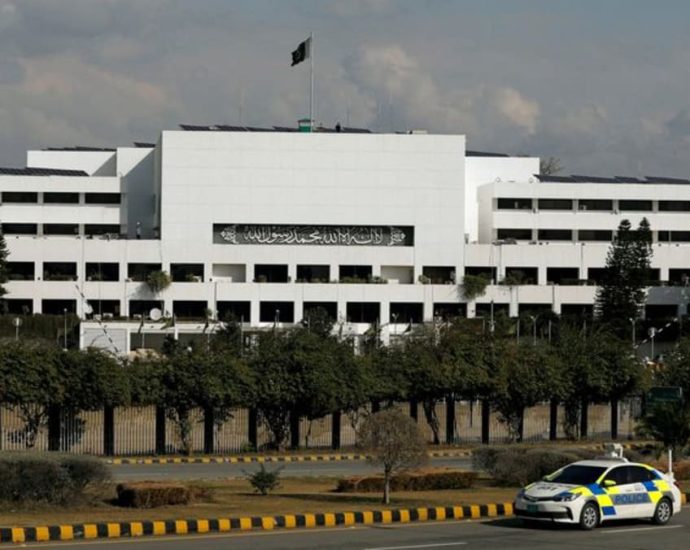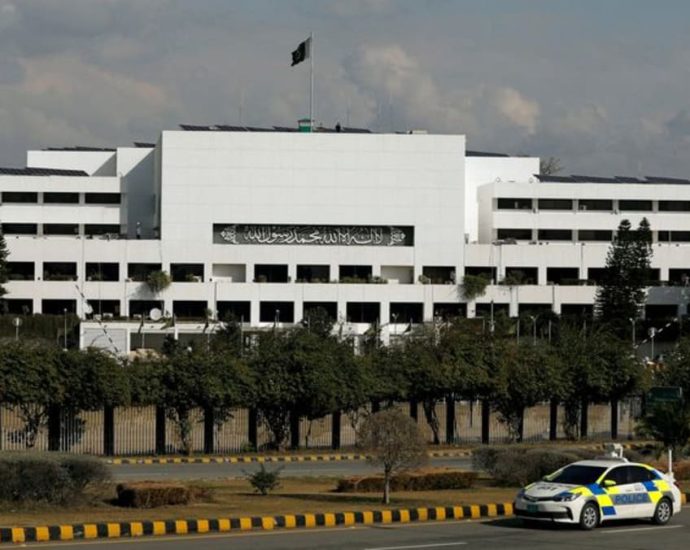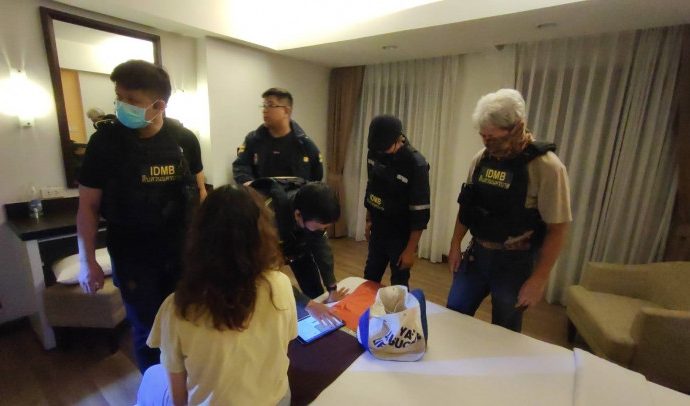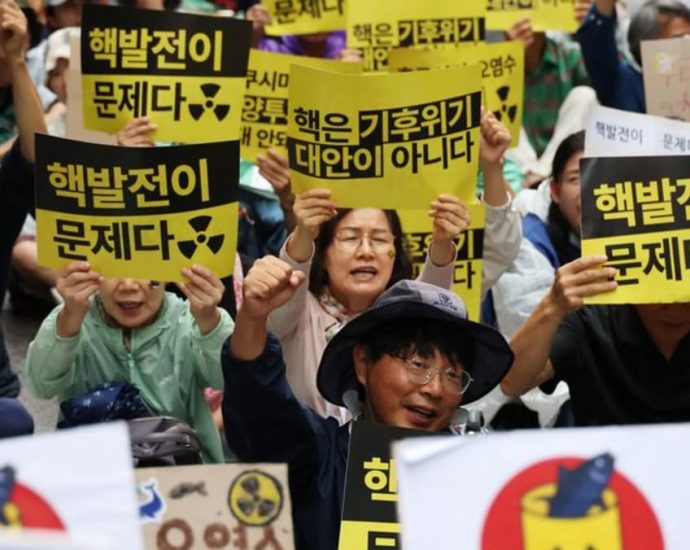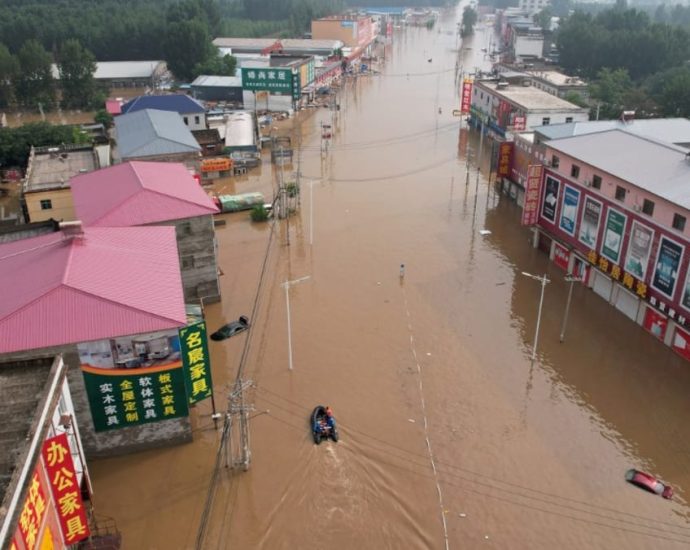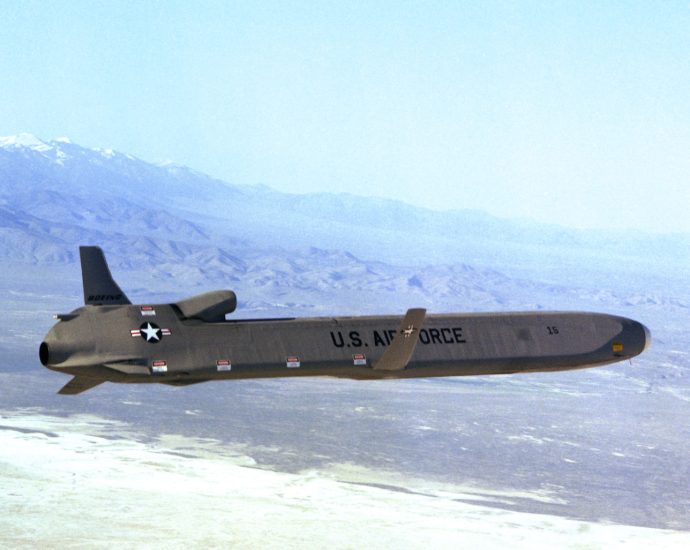Former insurance agent âsold fake policies worth B22mâ
Insurance company alerts police after receiving nine complaints
PUBLISHED : 12 Aug 2023 at 18:05
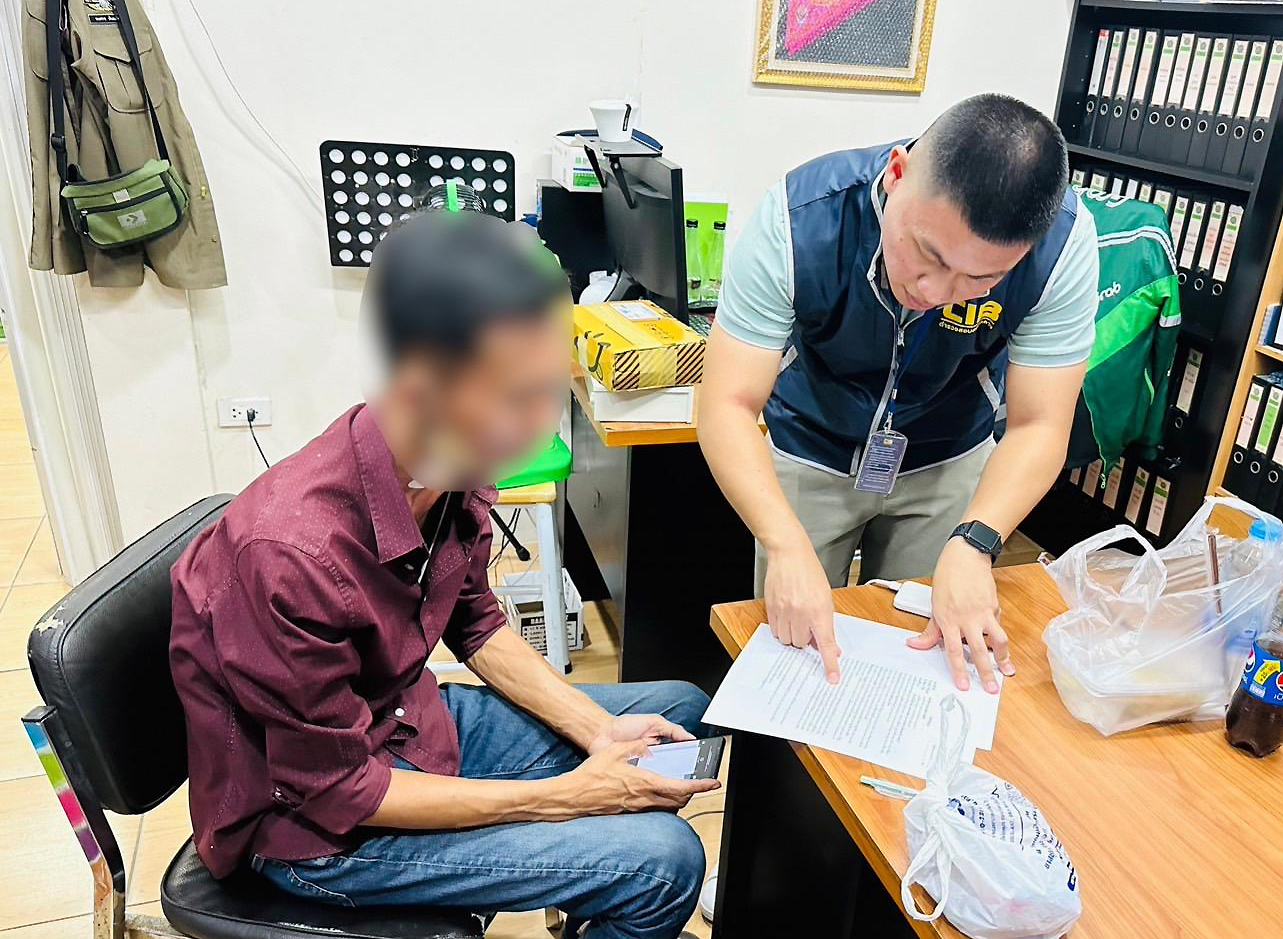
CHON BURI: A former insurance salesman who continued to sell fake policies has been arrested in connection with damages totalling over 22 million baht, say police.
Officers from the Economic Crime Suppression Division arrested the 45-year-old man, identified only as Setthawut, on Saturday at a petrol station in Chon Buri. He had three outstanding warrants.
Mr Setthawut was wanted for falsifying documents, defrauding individuals and inputting false information into a computer system. The charges stemmed from the sale of life insurance policies and failure to actually set up the policies.
In January of this year, nine complaints were lodged with an insurance company, stating that despite having paid premiums for over five years, the policyholders were unable to make claims with the company.
Upon investigating the reports, the company found the victims had been provided with fraudulent documents. The estimated damages exceeded 22 million baht, prompting the company to seek police intervention.
Authorities managed to trace the documents back to Mr Setthawut, discovering he had previously been an insurance agent. Also allegedly involved was a woman, identified only as Wannasa, who had been previously arrested for falsifying documents, including bank transfer slips.
The suspect has denied all charges against him, but investigators are seeking further legal proceedings.

